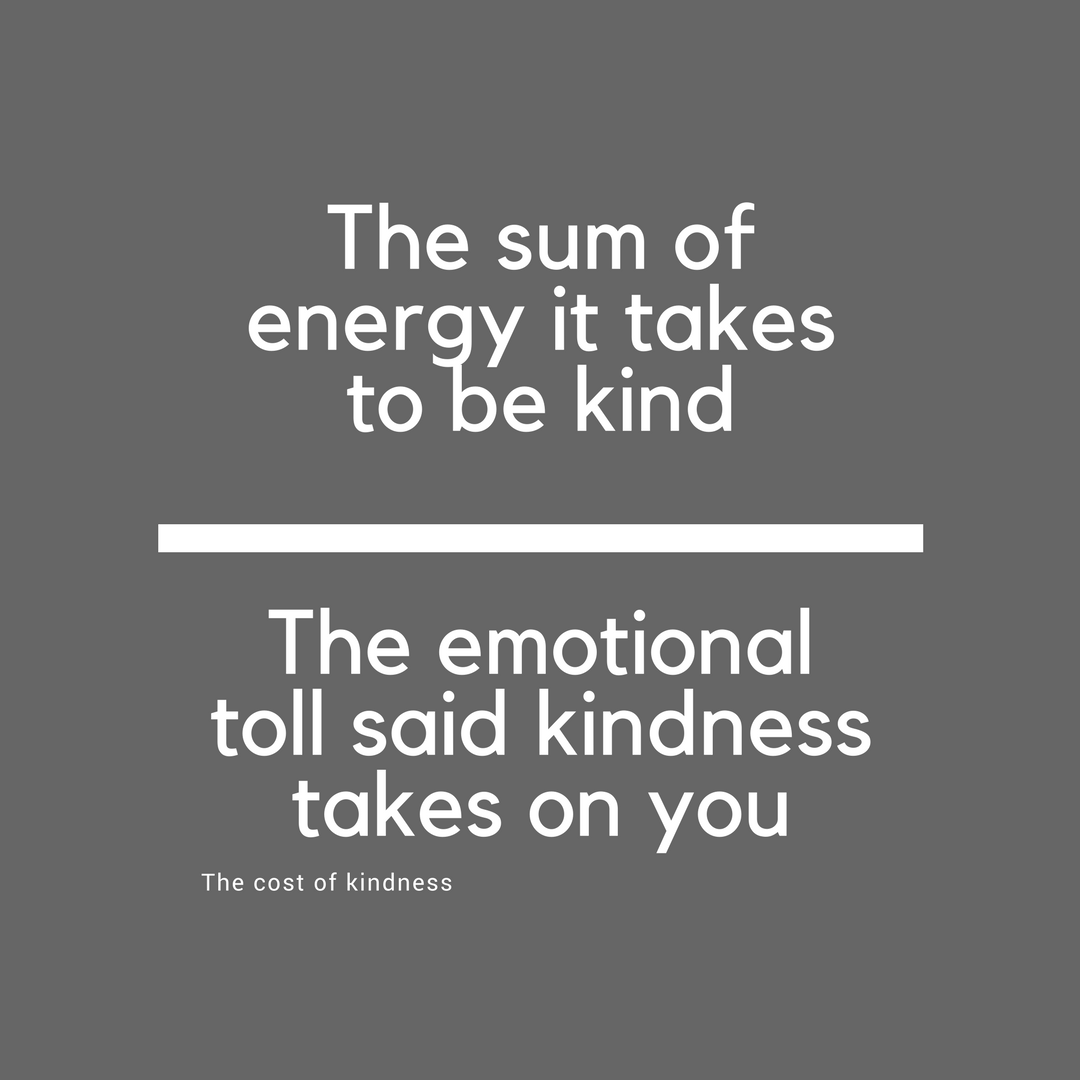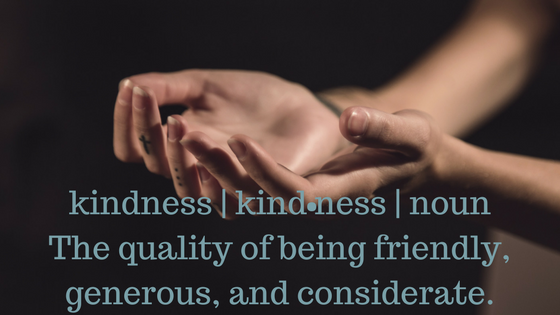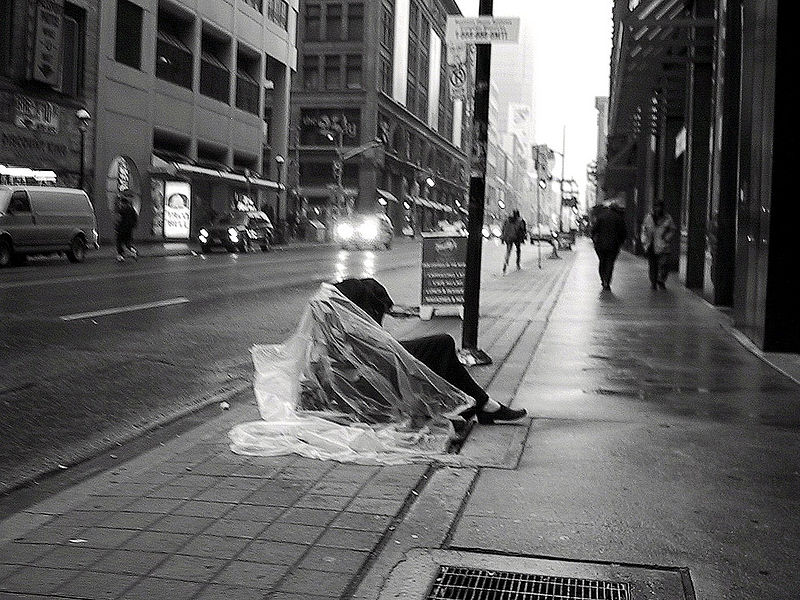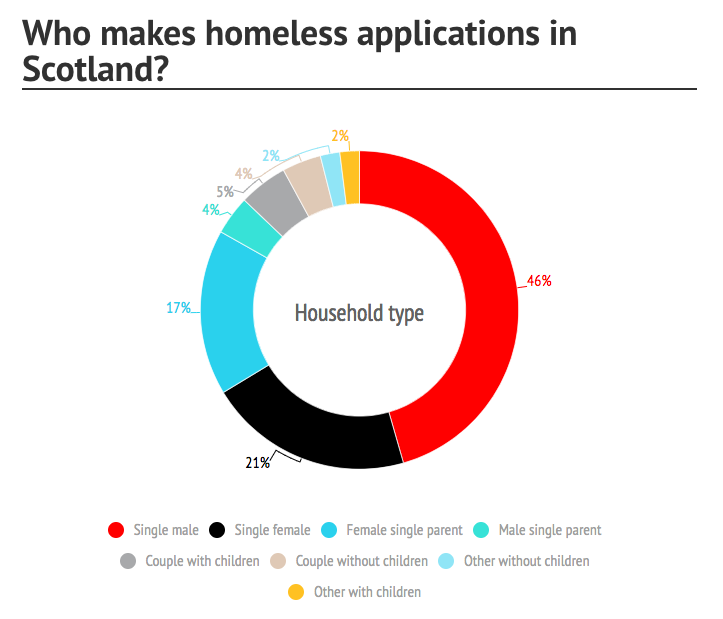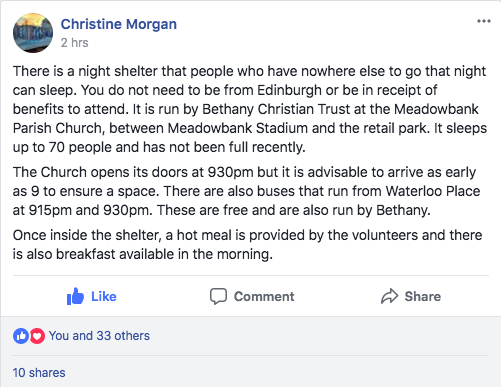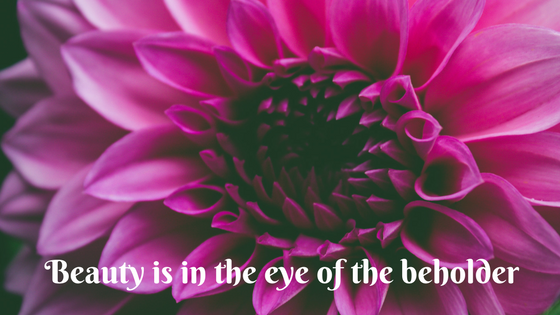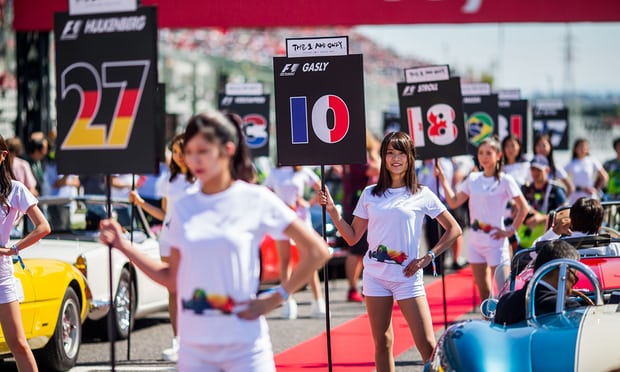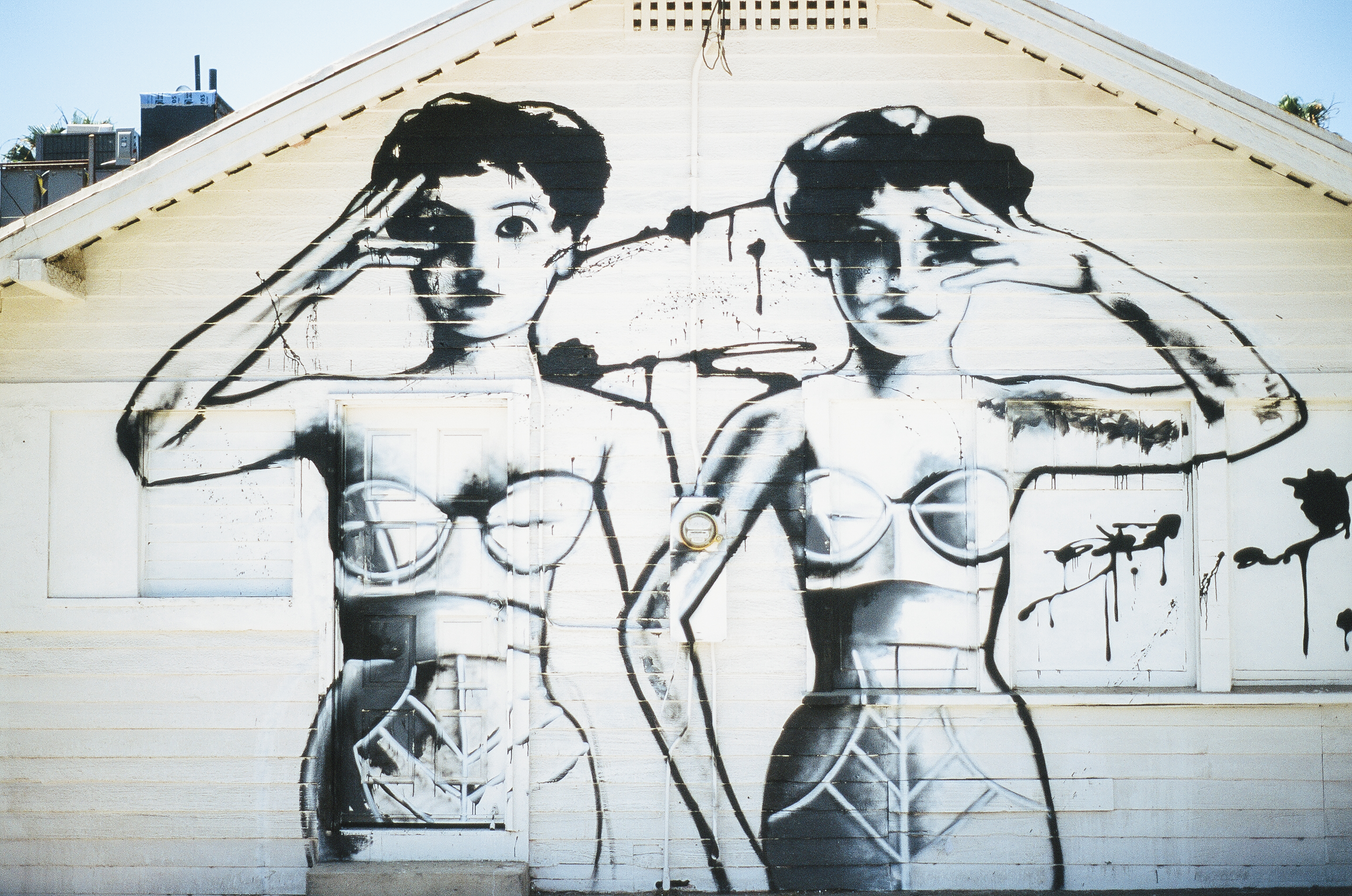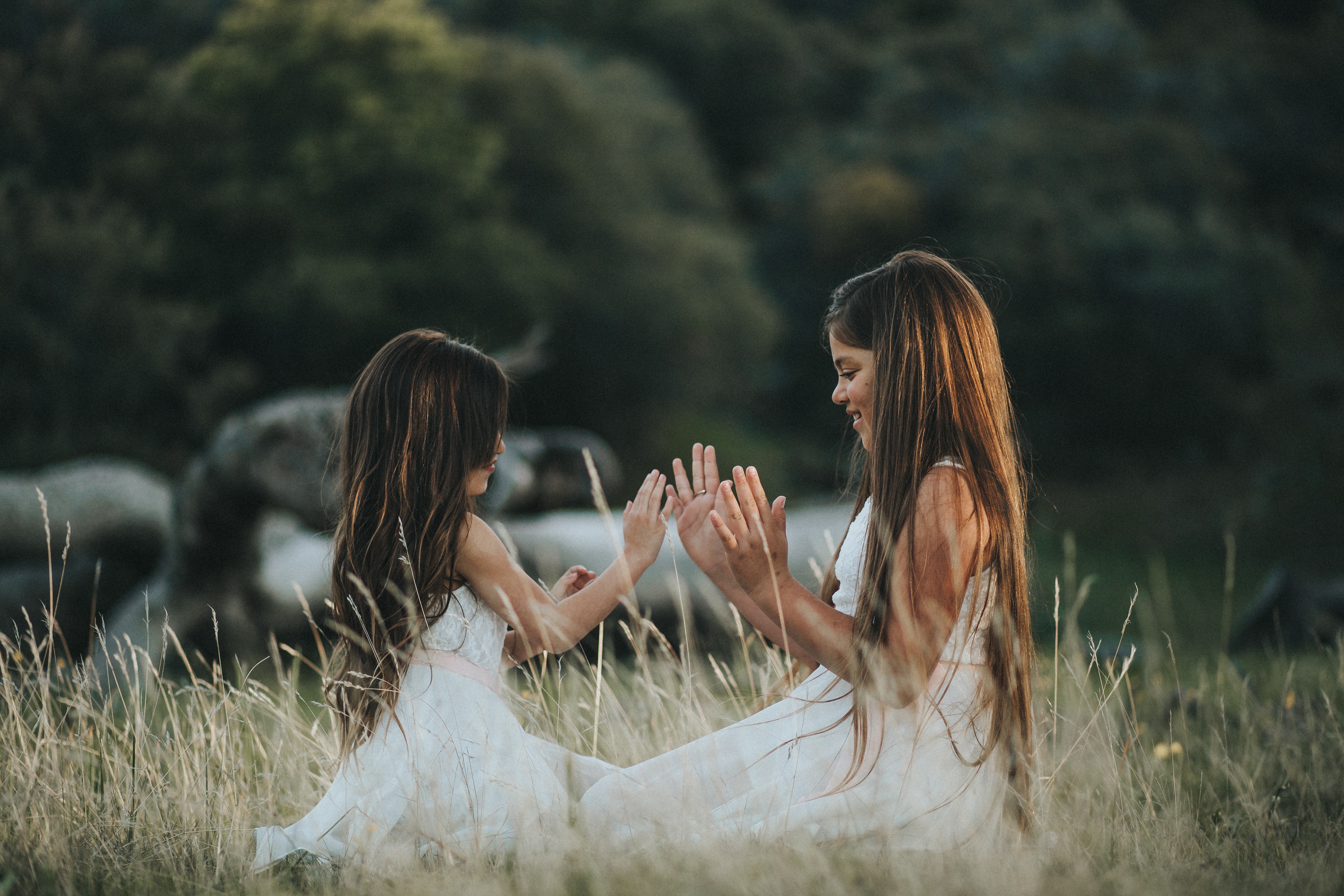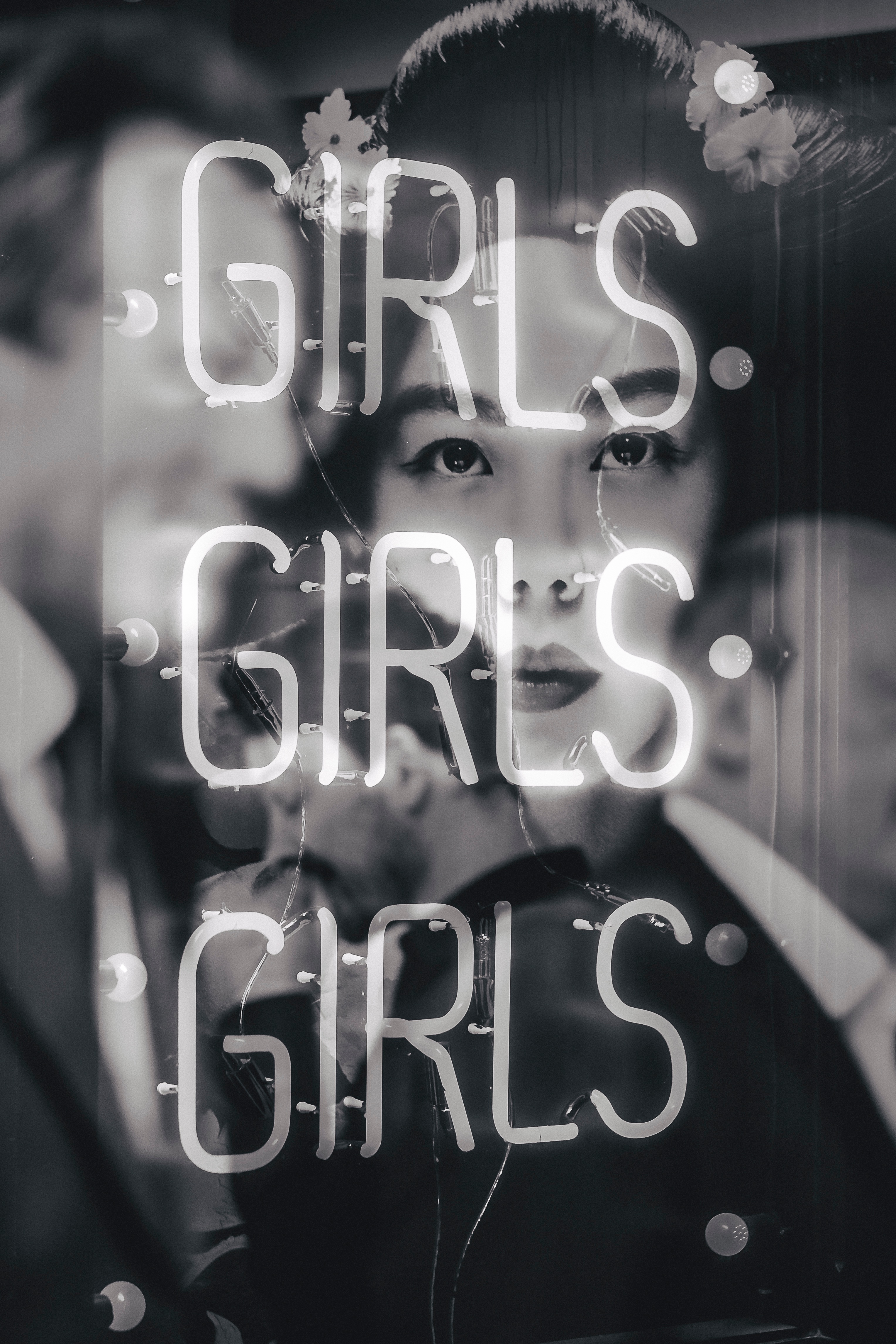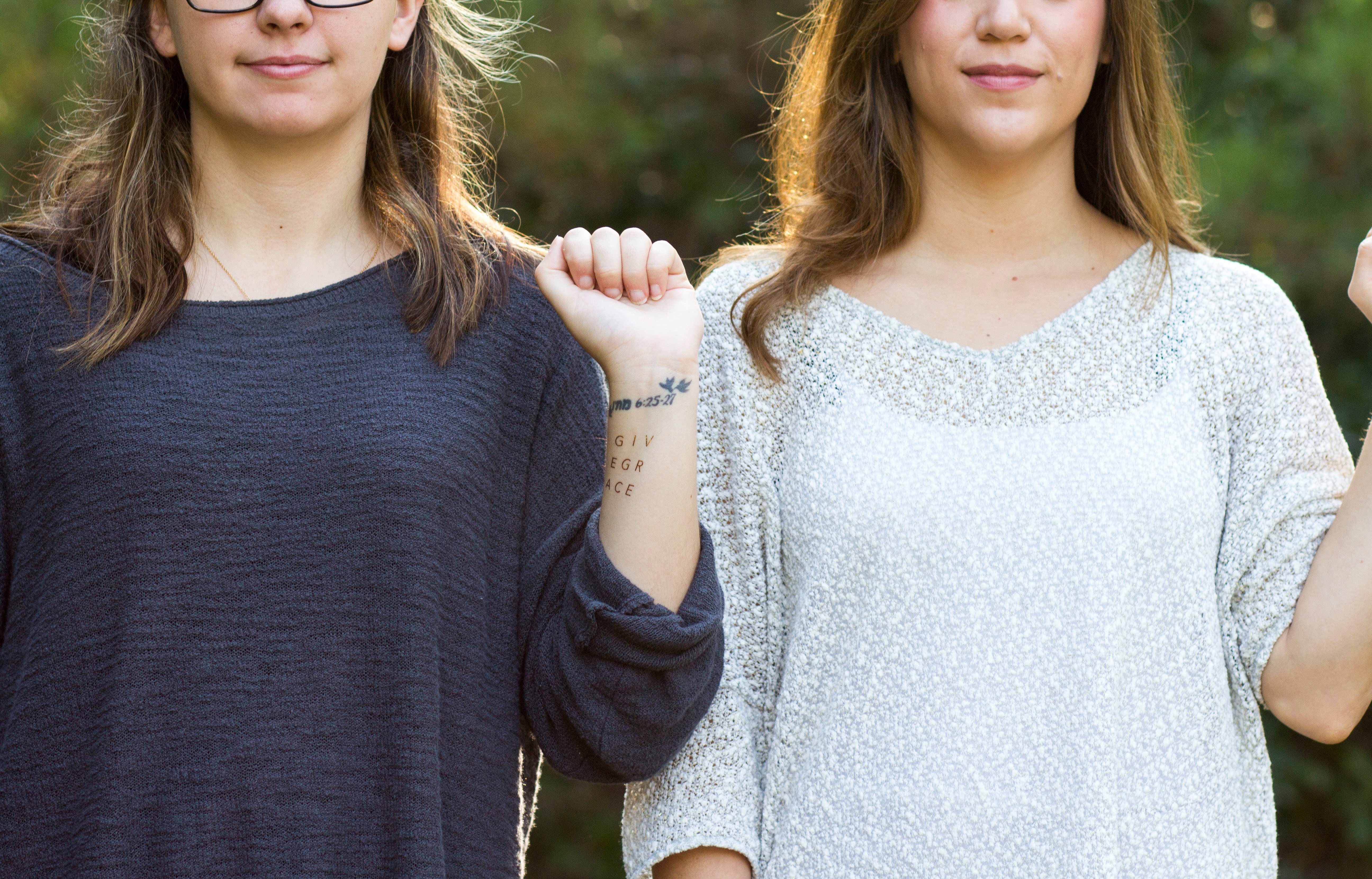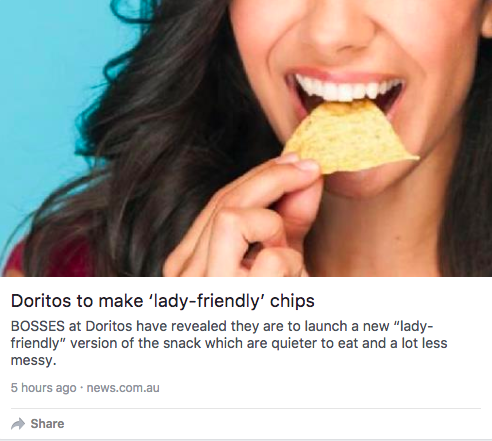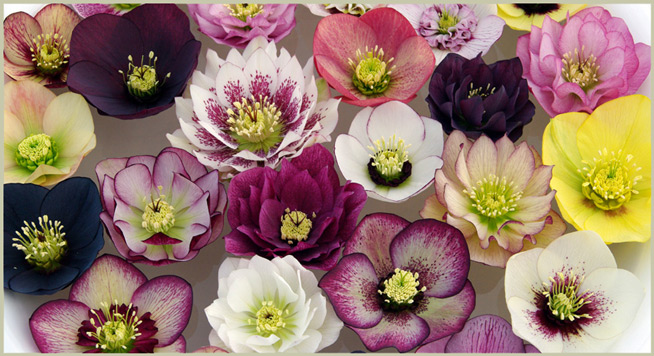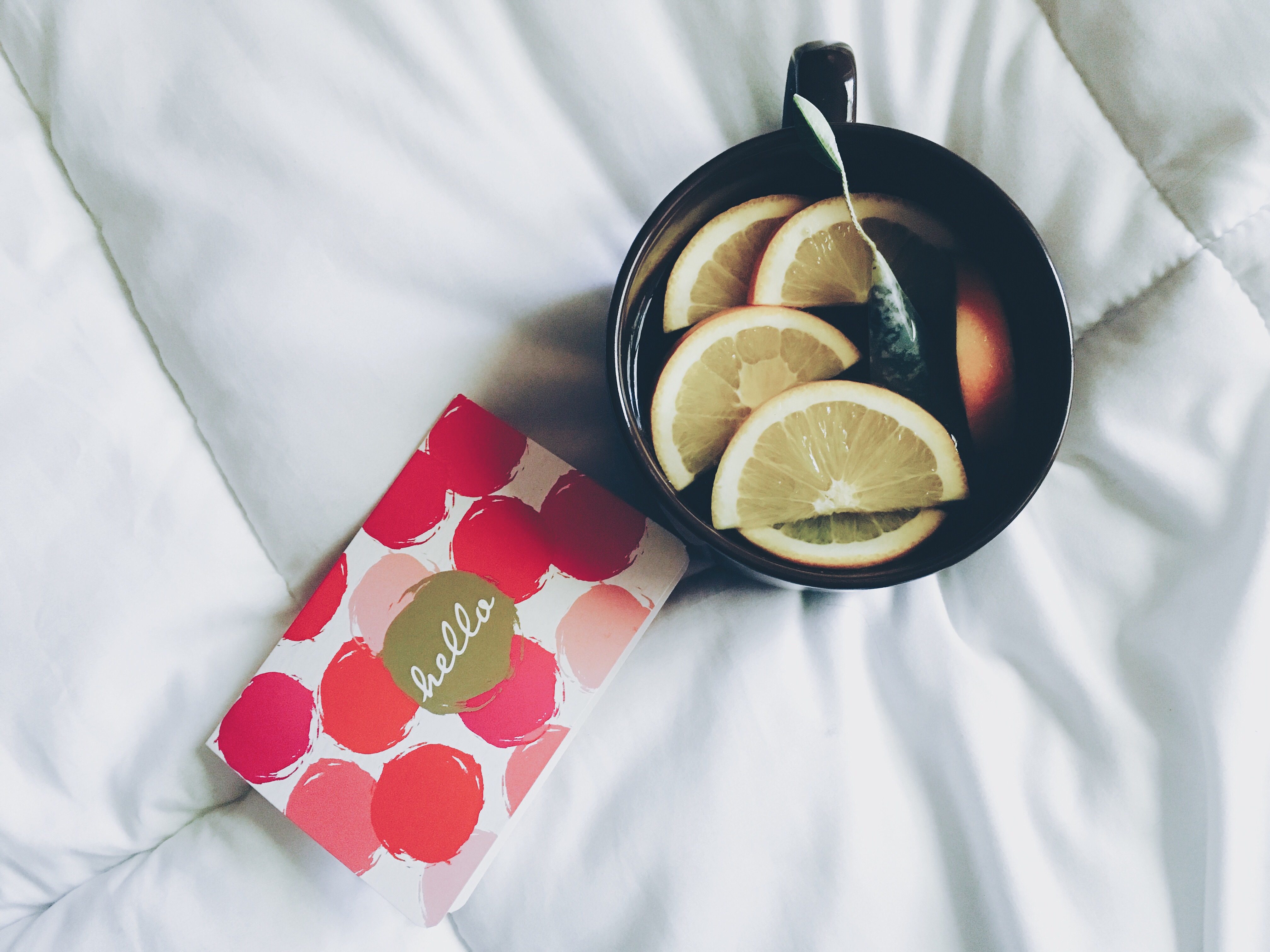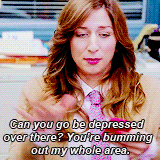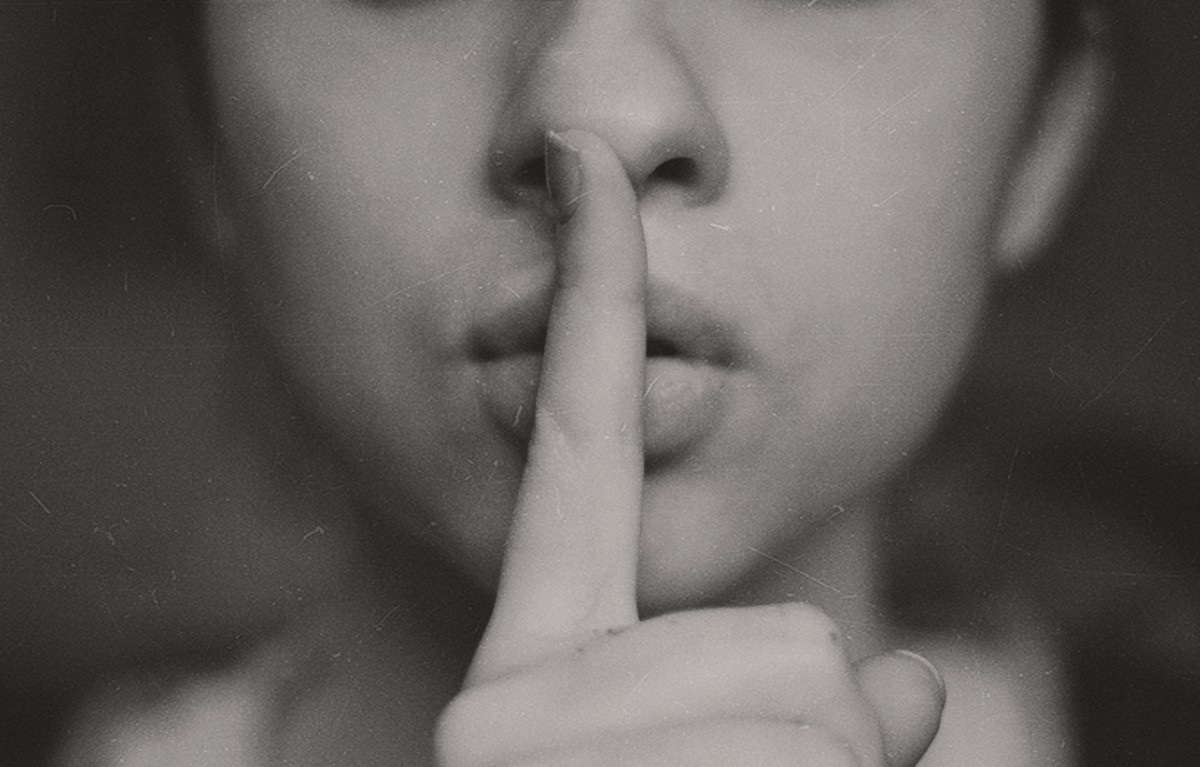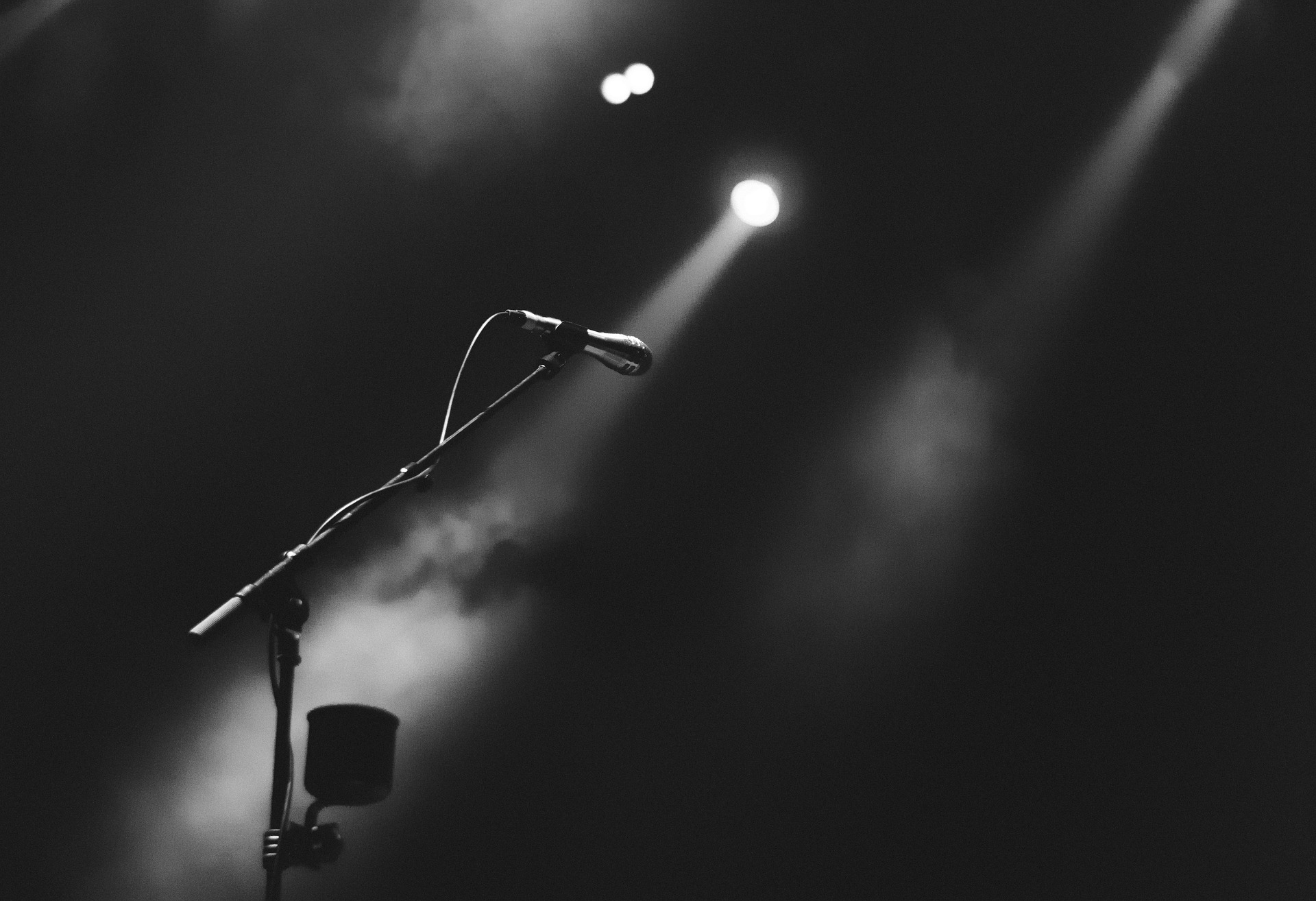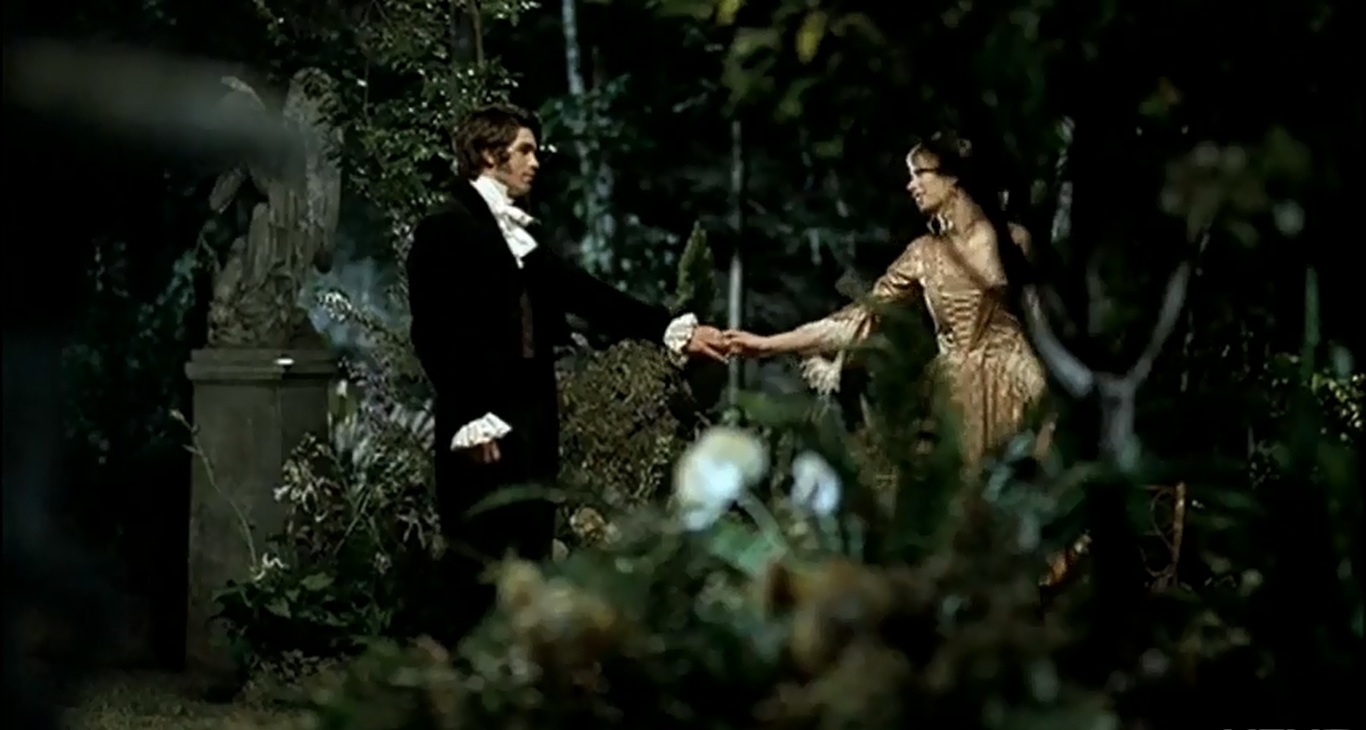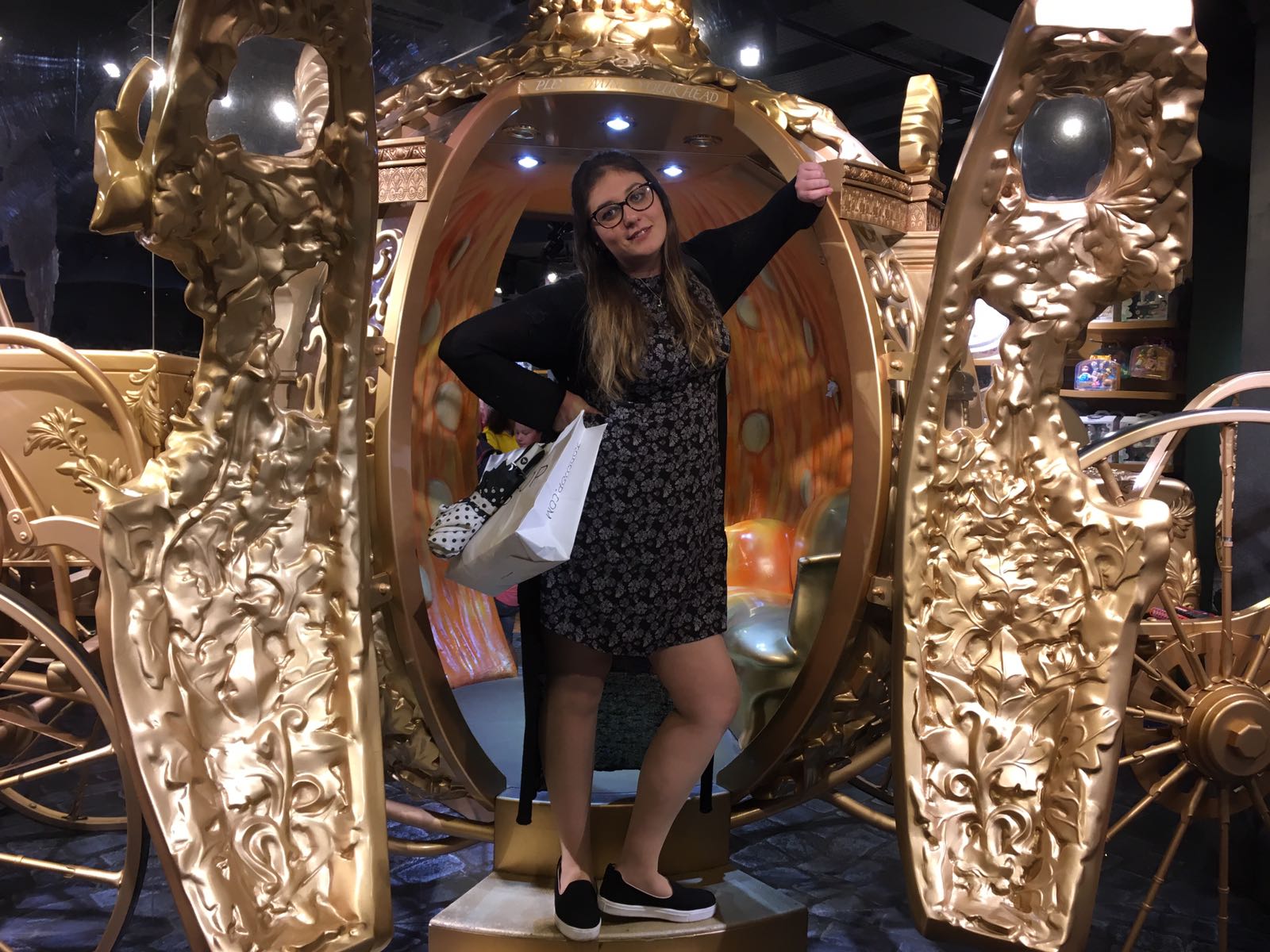London: it’s where everything happens. A hub of creativity, richly diverse and abuzz with cultural, historical and political events strewn across the vast city. As a self-diagnosed theatre nut and finally maturing enough to appreciate art galleries and museums far more than I did as a child (sorry, Mum), I was keen to visit a few exhibitions while I was down – not to mention Oxford Street’s Topshop. Being a flying visit, I wanted to make the most of my time down here, but I didn’t want to drain myself entirely, so I made sure to keep my options open and my plans flexible as I entered the Big Smoke.
Tuesday
12 noon: Off the train at King’s Cross, straight into the welcoming arms of my wonderful host and tour guide, Ellie. Straight onto the tube and we were soon nipping our way under the city to Mile End. Falling into Ellie’s new (and fabulously grown up) flat, we set our bags down and got to catching up.
2pm: We wandered towards the DLR and headed for Westford Stratford City shopping centre. A wander through the shops and scoring a fantastic deal on crockery in John Lewis for Ellie’s new flat left us pretty peckish, so we stopped off at The Big Greek for a feast of halloumi, and various other traditional dishes. With a large glass of wine, of course.
5pm: Back on the DLR to Bow and we freshened up before heading on the tube for Holborn.
6pm: Ellie took me to her favourite gelato shop in the city, Gelupo, and with good reason; it was to die for. I’m blaming my indecision for having to buy a two scoop tub – one of pistachio and one coconut. I regret nothing.
7pm: Having scoffed the ice cream and only dripping it on myself once, we acquired a gin in a tin from Tesco and headed for the main reason (other than friends) for my visit to London – Our Ladies of Perpetual Succour.
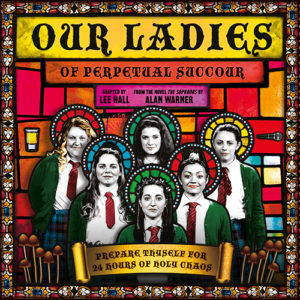
Best new musical I’ve seen in years
An all-female cast and band telling the story of fictional Oban High pupils coming of age in Edinburgh on a wild day out? How could I say no!? It was raw, pure and left me speechless. Musically, it was flawless, the choreography was slick and the mentions of Pulpit Hill and The Station had me giggling like I was part of some unspoken inside joke. I could relate with those girls in a lot of ways, having moved to Oban aged 8 and grew up surrounded by many of the caricatures they portrayed of the townspeople. At 17, I was chomping at the bit to experience something new in the capital. I was as emotionally naive, angsty and curious as those girls (although I’ve never tried Hooch). If you ever get the chance to see a production of this show, go. Although this run finished September 1st, unfortunately for you.
9:30pm: We left the theatre, the pair of us buzzing, deconstructing every element of the show and gushing over how wonderful and modern and relatable and crafty and entertaining it was, and headed back on the tube home.
10:30pm: Both of us were knackered (Ellie’s app said we’d walked 15km that day) and with early starts and long days catching up with us, we hit the hay.
Wednesday
7am: A quick public service announcement to any of Ellie’s friends – if you ever stay the night with her, you will need to mentally, physically and spiritually prepare yourself for her alarm. It will, without a shadow of a doubt, scare the absolute shit out of you. Having startled awake, we had a leisurely morning filled with tea, chat and getting ready for the day ahead.
9:30am: We set off for Mile End tube station and I finally started to get the hang of using my contactless MasterCard to swipe myself through the barriers every journey.
10:30am: I jumped off the tube a stop before her and made my way to the Victoria and Albert Gallery, using the underpass to arrive right inside the place! (I tell you, London can be very clever sometimes.) Ellie had leant me her membership card, so I headed straight for the fashion gallery which was exhibiting Carlos Balenciaga’s work and it was there that I fell in love. I can’t claim to be that clued up when it comes to fashion (some would argue that I’d happily live in Primark clothes for the rest of my life and they wouldn’t be wrong). But I know Balenciaga by name, and I appreciate a well-designed outfit as much as the next person, so I ventured in. He was a fascinating man, pioneering techniques that used material-led design; he’d choose his fabrics and work around their limitations. His evening gowns are meticulous, the hats rule-breakers and his Spanish heritage evidentiary in many of his pieces.
12 noon: Having wandered the Balenciaga exhibition and house fashion displays, I headed towards the opposite end of the gallery. Ellie’s neat V&A member card helped me queue-jump and with a headset to guide me, I entered the world of Pink Floyd through a giant replica of their trademark black van with the white stripe. It was an incredible display, showcasing the musical artistry and behind-the-scenes talent that went into creating their masterpieces. You should definitely give it a visit if you’re in London before it closes in October.
1pm: Pondering politics, art, culture, society and life (as well as a low-level hunger and need to pee), I left the V&A feeling educated and cultured. Ellie had mentioned that Grayson Perry’s exhibition was still showing at the Serpentine Gallery in Hyde Park, so I walked through the rainy streets and made my way to what can only be called The Most Popular Art Exhibition Ever (because that was the name he gave it). A social commentator through multiple artistic mediums, Perry has examined post-Brexit Britain, social media and, of course, his relationship with masculinity. Stopping off in the gallery shop, I picked up Chimamanda Ngozi Adichie’s We Should All Be Feminists (adapted from her TEDTalk) for the train home for a fiver. I just can’t say no to a bargain. Or feminist literature.
1:30pm: My urge to pee becoming more pronounced now, I made my way through Hyde Park to Lancaster Gate Station (passing the wonderful Peter Pan statue that fills me with childhood glee) and hopped on the tube towards Oxford Circus.

Hyde Park
2pm: Nipping into Paul’s for a spot of lunch (10/10 would eat their olive baguette with mozzarella, tomato and pesto again), I headed for the shops. I won’t lie, I was slightly overwhelmed by the sheer size of the H&M. Two hours at the shops and a couple of fabulous purchases later (including a bottle of Bleach London Violet Skies hair dye because I was on holiday and felt like living dangerously), I was back across the road to meet Charity for a coffe
4pm: We met up at H&M (because it was the easiest landmark for me) and wandered down to House of Fraser for a natter over coffee and cake in their cafe (which, by the way, is a mixture of the Mad Hatter’s tea party and something from Cinderella). The service was slow and the cappuccino size hilariously large, but that gave us more time to catch up
6:30pm: Heading back to Ellie’s, we stopped off at the Disney Store. My nose was put right out of joint when a 3 year old’s parents skipped ahead of us in the queue to take pictures of her. I reckon my photos turned out much better.

Living my best life

Oh Mickey, you so fine
7:30pm: My uni friends are some of my nearest and dearest, and it has been really hard not having them all round the road to call in on whenever the notion strikes. Having Lucy, Charity, Katie and Ellie in one room with bubbly and good nosh was so wonderfully easy, it was like no time had passed at all! We spent hours catching up, exchanging stories and revelling in the comfort of strong friendships.

10:30pm: Kate and Chaz had a long commute home ahead, so they set off after many, many goodbye hugs and promises of visiting soon, which I intend to ensure they keep. After a sneaky speed cry in the toilets – it’s hard saying goodbye to the people you love when you don’t know how long it’ll be before you see them again – we settled in for the night and hit the hay.
Thursday
7am: I will never get used to that alarm.
9:30am: Back on the tube, we headed towards Kings Cross so Ellie could hit the library, which was my plan too.
10:30am: The British Library has an exhibition on just now, Gay UK: Love, Law and Liberty. If you’re in London before DATE, I implore you to visit. It’s in the main entrance hall and while not large, it’s full of information and anecdotal evidence of the persecution, liberation and activism of gay men and women in the UK over the centuries. Central to the exhibition is the vital question – Where are we now, and what more needs to be done? Using literature, theatre, music and art, gay rights activism has persisted for as long as it has existed. When the law persecuted, they persisted. It’s inspiring and heartbreaking to learn of the struggles faced historically and presently by non-heterosexuals. It was a moving, educational exhibition, has given me a long list of educational and fictional literature to work through and is well worth a visit.
11:30am: I wandered back towards Kings Cross and took the long way round to The Granary, soaking up the sunshine and buzz of the city. I did try to visit Words on the Water, but it was unfortunately shut. So, after nipping into Waitrose for a San Pel and an apple juice, I made my way into the House of Illustration.
12 noon: At £8.25 a pop (including Gift Aid), it’s not cheap at first glance, but after completing the three exhibitions currently on display, I’d honestly have paid as much for each one alone. The Jacqueline Ayer exhibition, a carefully and cleverly curated exhibition, was as fascinating as her life. Drawing on Thailand is filled with simple drawings that are full of character; her artwork is deeply emotive and each piece tells its own little story. The Quentin Blake exhibition filled me with warmth: it’s small, but perfect. Anyone who knows Blake’s work would enjoy The Life of Birds, a collection of anthropomorphic winged creatures. Finally I walked round the largest of the exhibitions, Anime Architecture: Backgrounds of Japan and left with a newfound appreciation for the artform.
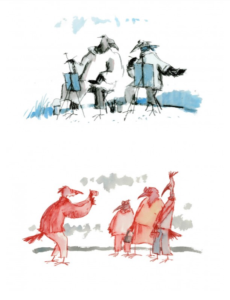
Comrades in Art © Quentin Blake
The Photo © Quentin Blake
12:45pm: The sun was warm and the families were out in force, with children frolicking in the fountains in the Granary’s courtyard. I sat on one of the stone benches, edited an Instagram photo, enjoyed the smells of the food vans and soaked up the rays while I waited for Ellie to wrap up some uni work.
1pm: We headed back to King’s Cross to pick up some lunch at the food market outside the station. After much internal turmoil, I settled on a roasted pepper focaccia and honeycomb doughnut (I was on holiday!). Ellie snaffled a decadent looking salted caramel brownie. We chatted and people-watched as we scoffed our spoils before she headed back to the library and I to the train station.
2pm: I wandered the shops in King’s Cross. Oliver Bonas is a particular favourite of mine: the colour palette they use for their clothes makes me drool and their jewellery is divine. A quick toilet stop and a bottle of water from WH Smith later, I sat on the floor outside Starbucks and casually watched the board for my platform to be announced and started planning this blog post.
3pm: Settled into my seat with my laptop, San Pelligrino, headphones and my little book of feminism, I got myself comfortable and started writing.
London, Londoff
Yes, it was fleeting, but I really loved my time in the city. London has always been something of a wonder to me. I know I couldn’t live there – it’s too busy, too far from home and it genuinely intimidates me. But to visit like this, to have learned so much, laughed so much and to have finally overcome my paralysing fear of the tube, is wonderful. Catching up with friends I love so fiercely and miss so terribly was a delight and being able to soak in the vast and varied cultural offerings was a treat.
I think my next trip will be more theatre-heavy so I can finally get round to seeing The Book of Mormon and maybe something a little more obscure. I’m determined to visit the Saatchi Gallery too, which I missed in favour of the Serpentine (no regrets other than my limited timeframe for catching as many things as possible). It was a whirlwind trip, and I so desperately needed it. I won’t leave it so long before my next visit, that’s for sure.
Follow my blog with Bloglovin
